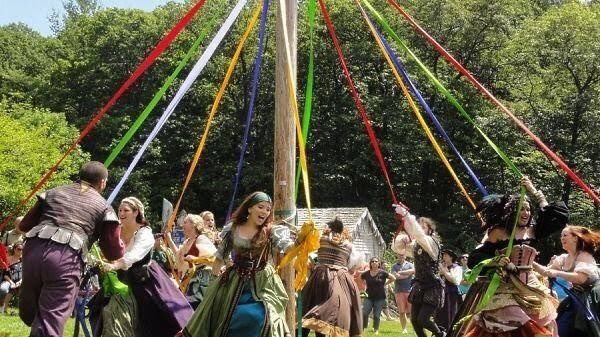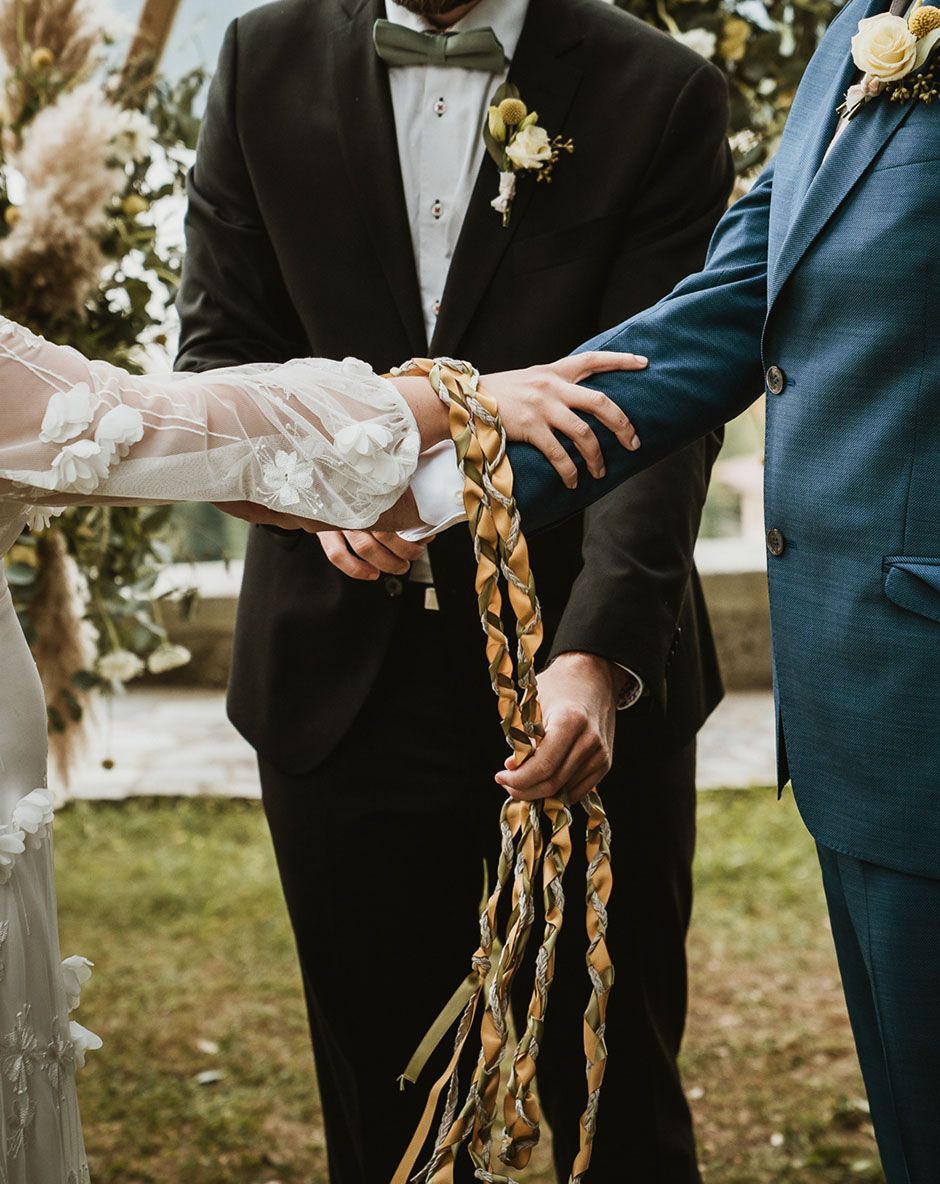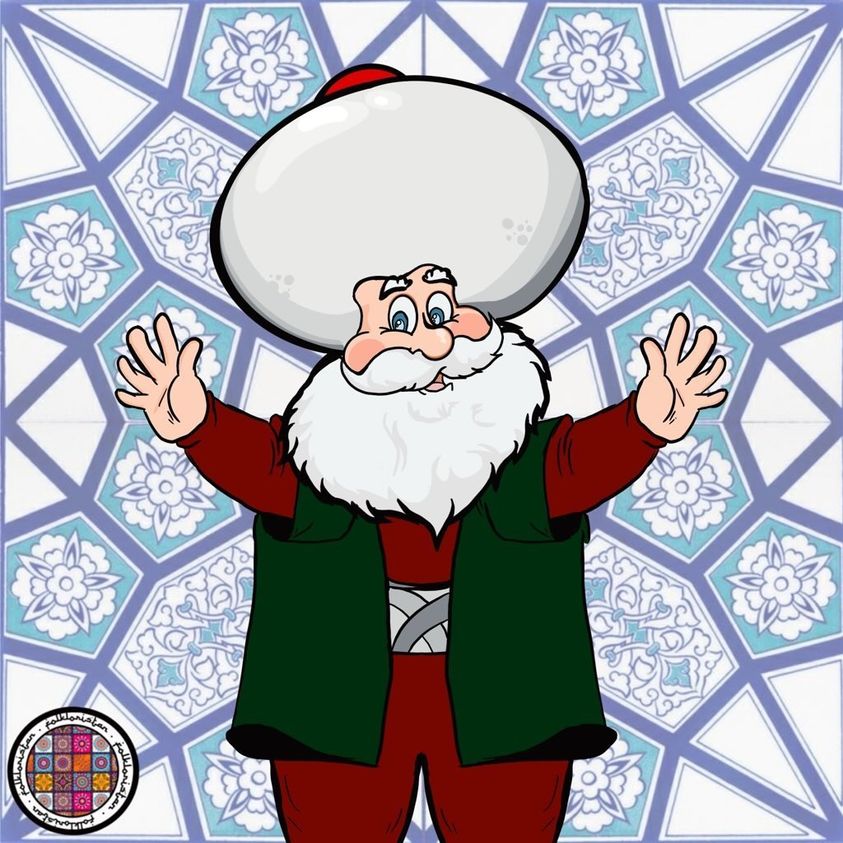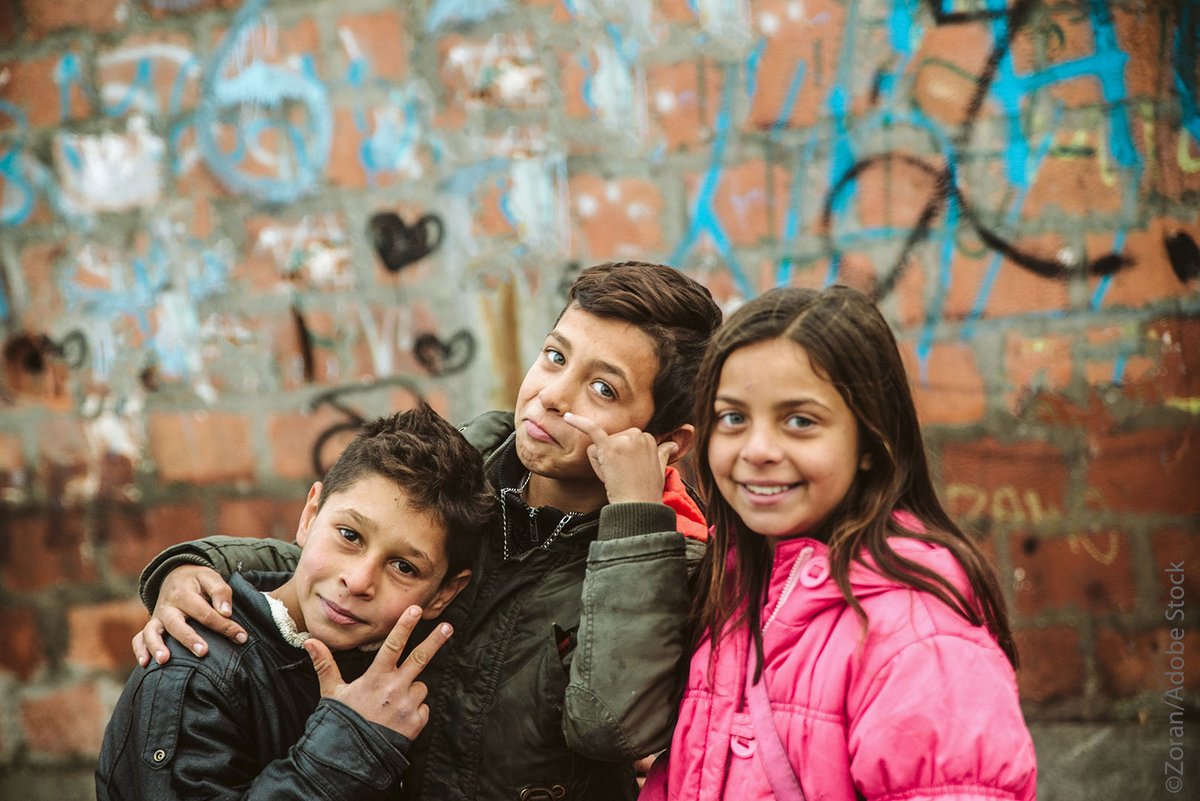Happy Beltane! The festival marks the beginning of summer in the northern hemisphere, on every 1st of May. It is one of four seasonal Gaelic festivals along with Samhain, Imbolc, and Lughnasadh. A thread:
#GothicSpring #BeltaneFireFestival #Beltane2023

#GothicSpring #BeltaneFireFestival #Beltane2023


A time to celebrate fertility, growth, abundance and rebirth, and the beginning of the summer season, it is traditionally celebrated with outdoor bonfires, feasting, and dancing. 





In some traditions, Beltane is associated with the god Belenus or Bel, while in others it is associated with the goddess Brigid. It is a time to honour and connect with the divine energies of nature. 



The festival gets its name from the Gaelic word "Bealtaine," which means "bright fire." This refers to the bonfires that are lit during Beltane celebrations, which symbolize the returning sun and the power of the summer season. 



Beltane is also a time to celebrate the sacred union of masculine and feminine energies. It is a time to honour the balance and harmony between these energies and celebrate their union's creative power, with the Maypole dance. 



The Irish, Scots and many in Northern England celebrate it as an ancient cultural festival. Some modern pagan and Wiccan communities also celebrate it. 







May Queen’s battle and triumph against the Queen of Winter to bring about spring, is commemorated with a symbolic May Queen crowned among the young women from each village/celebration, and adorned with flowers and wreaths. 



Other rituals involve garden blessings for abundance, sowing new seeds, making offerings to fertility deities, crafting beautiful flower wreaths, and building cute little fairy gardens as offerings to the faerfolk. 







People also cook with aphrodisiacs, place yellow flowers on their doorsteps and decorate May Bushes, small thorny trees, often hawthorn or rowan, with colourful flowers and ribbons. Handfasting ceremonies, an ancient marriage ritual announcing commitment, are also commonplace. 







Many brands have come up with Beltane wedding collections, with beautiful couture inspired by Celtic culture with a twist, or should we say spell, of modern fashion. 







• • •
Missing some Tweet in this thread? You can try to
force a refresh

 Read on Twitter
Read on Twitter

































